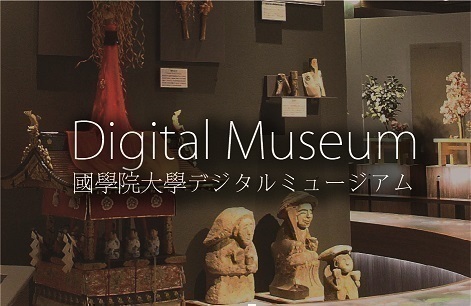- トップ
- Encyclopedia of Shinto
- Kashima Shinkō
Encyclopedia of Shinto
| Main Menu: | |
| Links: |
詳細表示 (Complete Article)
| カテゴリー1: | 6. Belief and Practice |
|---|---|
| カテゴリー2: | Shrines and Cultic Practices |
| Title | Kashima Shinkō |
| Text | It is possible to think of Kashima faith as the sect based at Kashima Jingū in Kashima-machi, Ibaraki Prefecture, but it can broadly be divided into beliefs related to water, "tutelary of roads" (sae no kami), and Kashima shrines. Many regions and shrines bear the name "Kashima," and since these are usually found in river, stream, lake, or swamp areas, we can assume that the origins of Kashima faith are profoundly connected with water. Images of sae no kami are called Kashima dolls, straw dolls, Shōkisama, and dōsojin, among other names. Most of these images are very large, made of straw, and are characterized by their exposed sexual organs. They protected village borders from the invasion of "plague kami" (ekishin) and were prayed to in order to ensure safety or prosperity. In some regions, during the Kashima Festival dolls are placed in "Kashima boats" and sent out to sea in order to send ekishin away. According to the Hitachi no kuni fudoki, the "enshrined kami" (saijin) at Kashima Jingū in Kashimamachi, Ibaraki Prefecture is "Kashimanoama no ōkami," but there are many documents, including the Kojiki, which record the saijin as Takemikadsuchi no kami. The latter is worshipped at the first shrine within Kasuga Taisha, and was exalted to a "kami of the nation" (kokkashin) when the imperial court expanded into the Tōgoku region. In the Heian Period, the Jinmyōchō section of the Engishiki records that "spirit emanations" (bunrei) of the Kashima kami and "honorable child kami" (mikogami) were enshrined in Mutsu no kuni, indicating that the cult may have spread in connection with the government's expansion into the Tōhoku area. The ritual of "hitachiobi" at Kashima Shrine became widely known, being mentioned in The Tale of Genji and in a yōkyoku (Noh script). From the medieval period, the virtues of Kashima were "preached" (shōdō ) by traveling monks. This can be inferred by the inclusion of the chapters "Kashima Daimyōjin" and "Kasuga Daimyōjin no koto" in the Shintoshū. The Hachimangū dōkun (also read dōkin) and various Hachiman "origin legends" (engi) include a story where the Kashima kami is equated with Azumi no isora and a legend about Shioyaki Bunta. Shioyaki Bunta is also the protagonist of the otogi-zōshi tale "Bunshō sōshi," but the Hachiman legend comes from a separate tradition. These stories spread through the preaching of low-ranking religious leaders and Zenkōji hijiri. The "Kashima odori" performed in the western area of Sagami Bay involved dancing while dressed up as Kashima no kotofure, who would travel around distributing takusen of good or bad fortune and amulets. The dance may have originated at Kashima Shrine. There is also a legend about a "keystone" (kaname ishi) within the shrine precincts that the kami of Kashima uses to restrain a tremendous fish under the earth, whose movement causes earthquakes. Thus, Kashima is also famous for its cult of warding off earthquakes. — Nogami Takahiro |




